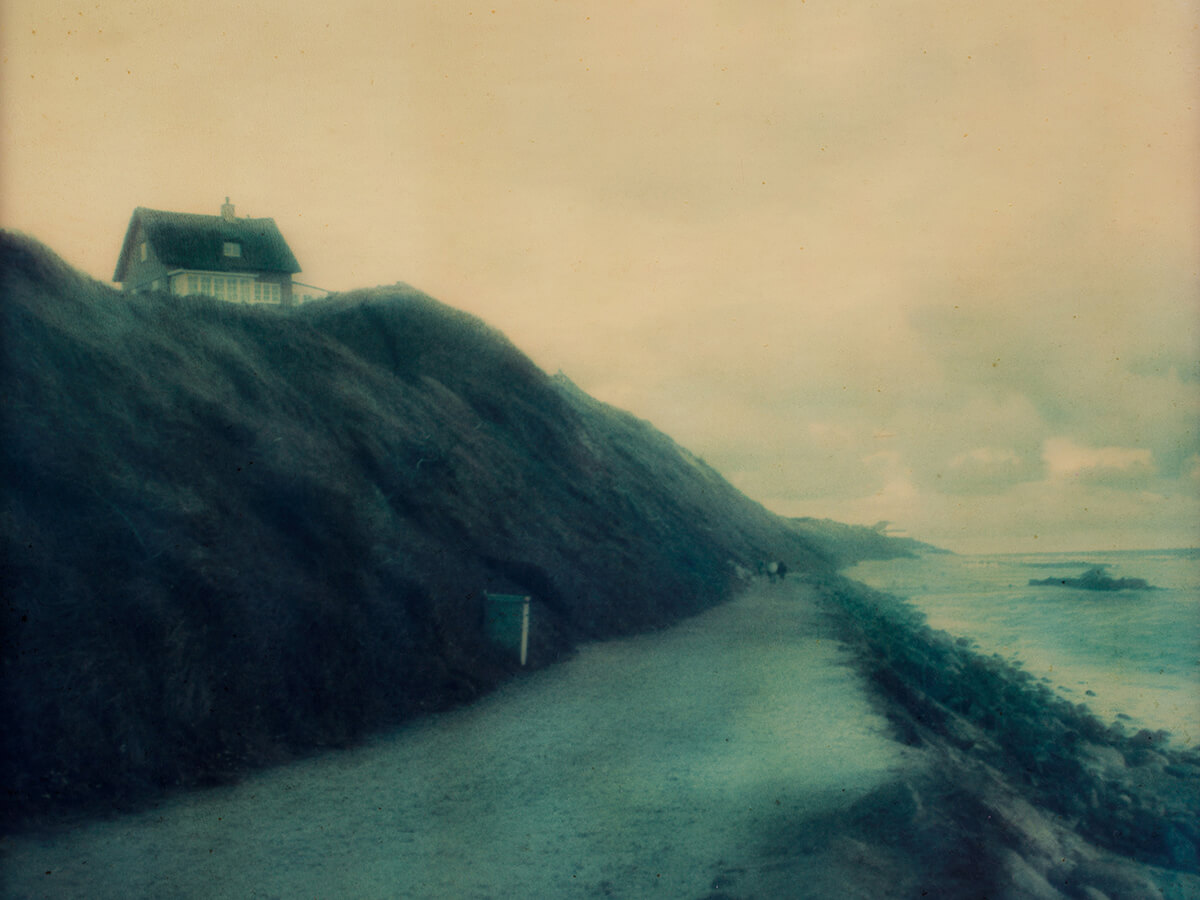INTERVIEW
An Inner State
WITH MARTINA HOLMBERG
AN INTERVIEW WITH MARTINA HOLMBERG
“We live in an extremely appearance-fixated world with a narrow standard that few fit into. I want to make the viewer aware of what is important in life. The body is just a shell that protects our inner life.”
Martina Holmberg won 1st Prize in our recent competition The Human Body with a beautiful portrait of a young lady Emma, who has the very rare Treacher Collins syndrome, and that judge Siân Davey praised for its respect and sensitivity.
Keen to know more about Martina’s route into photography, her approach, and of course the image itself, we put some questions to her…
Dear Martina. Please introduce yourself in a few words, and perhaps a fact we should know about you.
I work as a photographer and writer and am educated at The Nordic School of Photography and Poppius School of Journalism in Sweden. Today, I mostly work with my own photographic projects and have published seven photo books. Over the years, I have been to around 30 countries where I have mainly portrayed women’s different living conditions. I have a background in dance and am very inspired by dancers and other forms of artistic expression.
Congratulations on winning our Human Body competition! Can you tell us a little more about the image, and your relationship with Emma?
Emma is participating in a project that I have worked on for several years. With the project, I want to highlight the diversity of appearances that exist in the world and show the beauty in diversity and differences. We live in an extremely appearance-fixated world with a narrow standard that few fit into. With the stories of the participants, I want to make the viewer aware of what is important in life. The body is just a shell that protects our inner life. The important thing is that the body is functional, and that we live. Many people whose appearance doesn’t fit these conventional standards and who have been subjected to discrimination participate in this project. The photos will become a comprehensive book that will be published in the spring of 2025 and my goal is that the exhibition will be shown around the world. An important component of the book is the participants’ stories about who they are behind the surface, but also their experiences of looking different on the outside and being judged based on that.
The depth of field you use in the image is unusual, softening Emma’s face and – we would say – helping emphasize the emotional as well as physical perspective. Can you tell us a little more about this – how it came about and what you were trying to achieve?
I met Emma in Norway at her home and I took many photos of her. I chose this image because it is the one that best represents how I perceive her as a person – warm, wise and, in my opinion, a beautiful woman. With the short depth of field, I want the viewer to focus on her gaze in the eyes instead of her undeveloped bones in her face. The image represents her strength but also the vulnerability that comes from the experiences of bullying that she experienced.
Portraiture is a focus of your work. What makes a good portrait? Do you have particular techniques you employ to arrive at the result you’re after with a subject?
I think a good portrait should capture the essence of the person, an inner state and something more than just the surface. A good portrait makes the viewer wonder about who the person is and become curious. I often work with a short depth of field in my portraits together with a sparse light that accentuates what is important in the image.
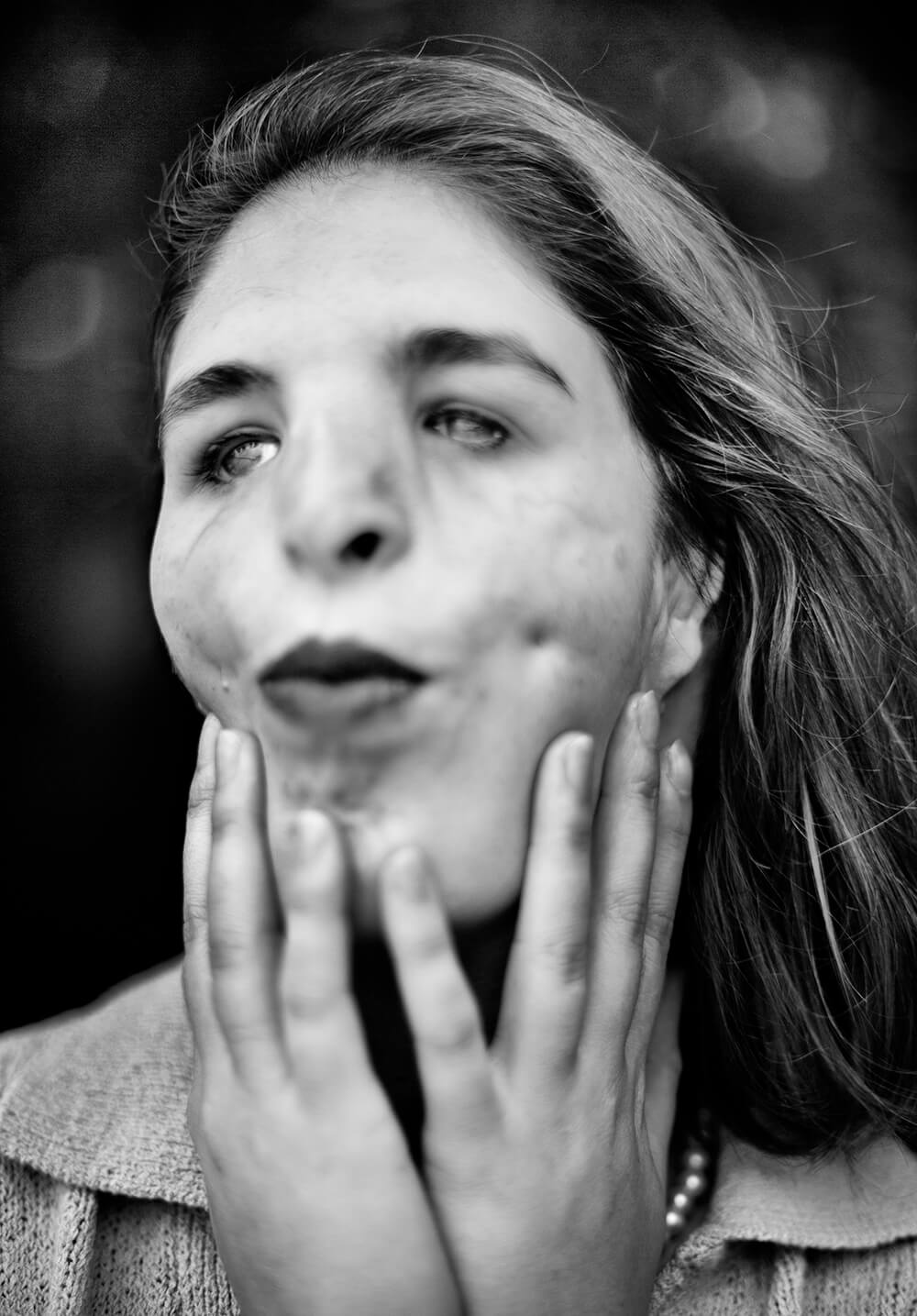
EMMA – MARTINA’S WINNING IMAGE FOR THE HUMAN BODY
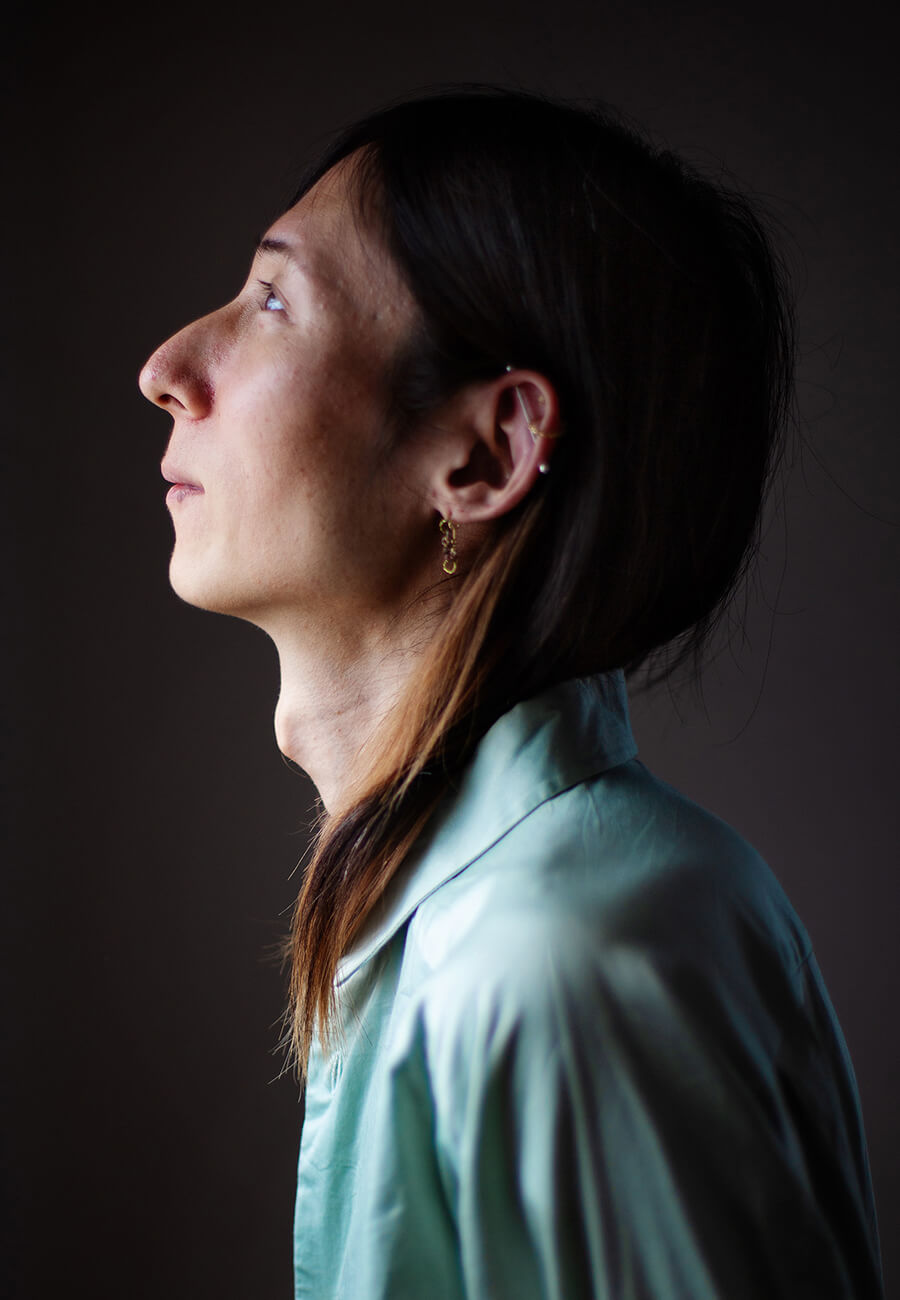
MIYAMOTO
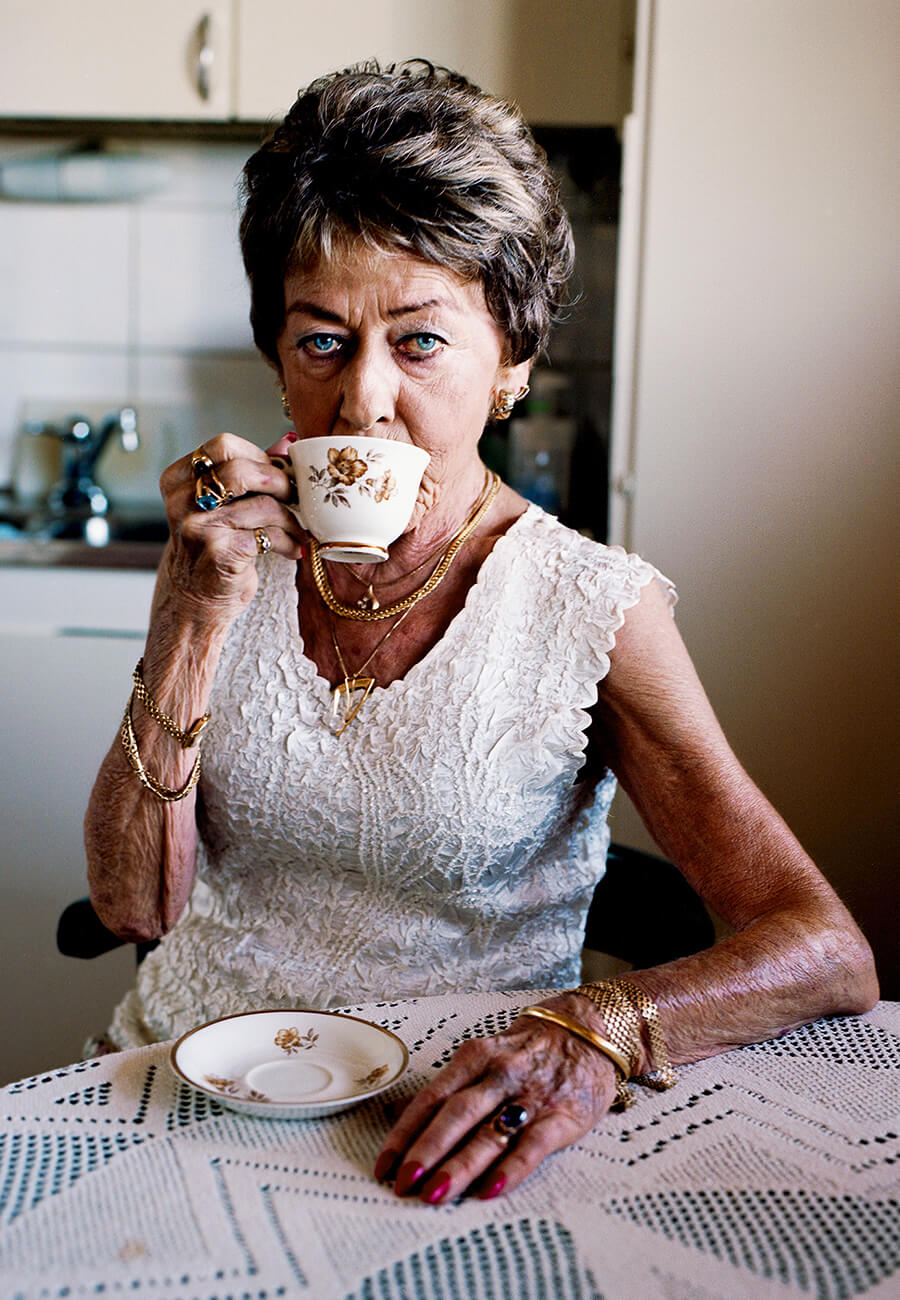
VOUKKO
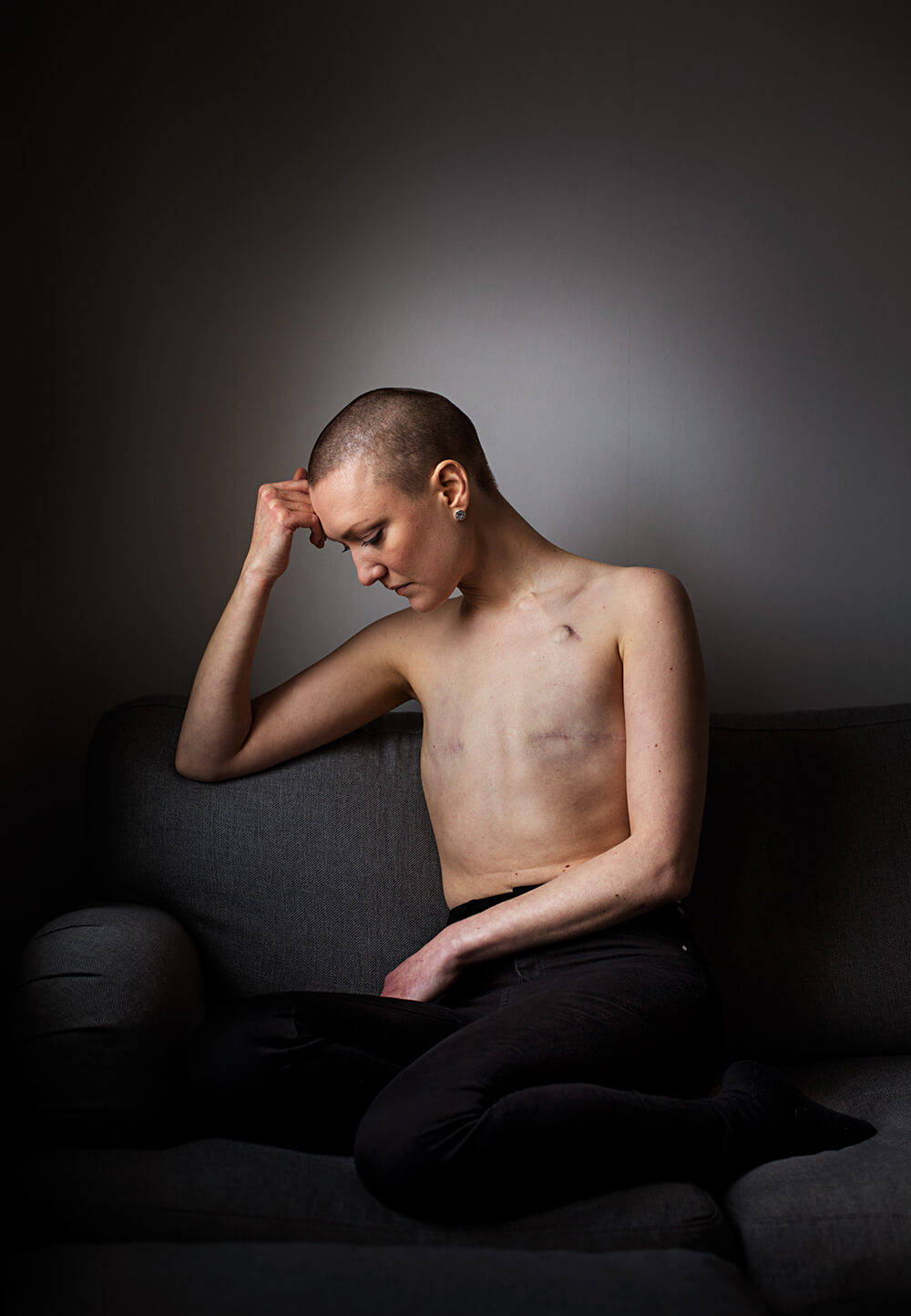
EMMA’S JOURNEY
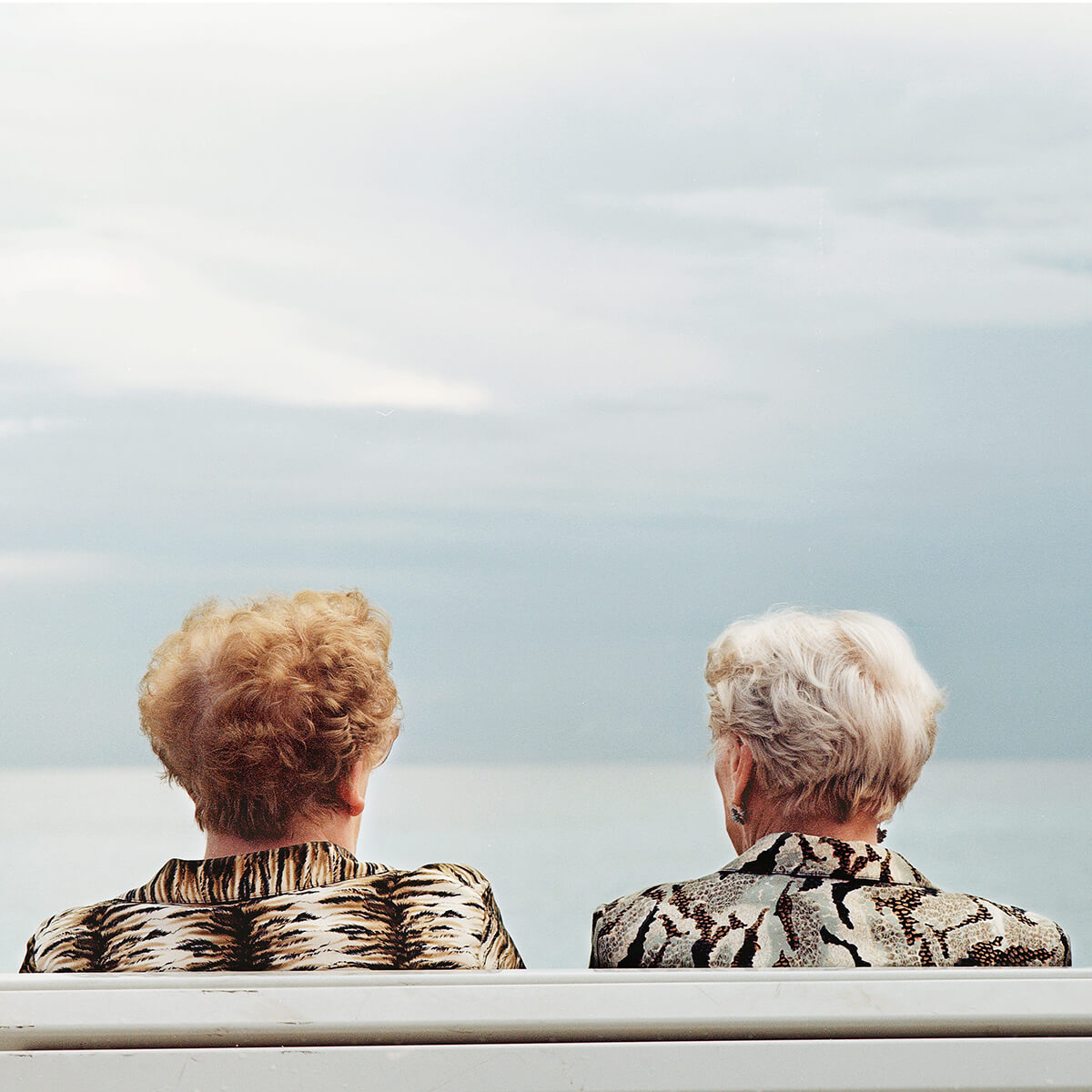
NICE, FRANCE
You have quite an experimental approach to your work generally, mixing modern and traditional approaches, and I’ve read that your first experiences of photography were in your father’s darkroom. What drives your creative approach?
I am driven by a curiosity about people and have different inputs into my photography. I often work as a photojournalist out in the field where I photograph quite traditionally, besides this I work with projects where I want to capture a feeling or an inner state. Although my approach differs, the common denominator is that I try to portray what it means to be a human being.
Very different from the style of your winning image, I was particularly drawn to your series “Mayfly”, which seems to capture the nostalgia of youth and unreliability of memory. Can you tell us a little bit about that work?
Mayfly is a standalone sequel to my book Fade to Black. In Mayfly, I have used various Polaroid films, often with expired dates where the colors are faded and watered down. It creates a fragile sense of impermanence that I want to achieve. The photos depict an inner state, memories and moments from life. On a deeper level, it’s about common moments that fill our life but inevitably fade and disappear. We can only preserve the moments as photographic images and in our memory. It is not possible to freeze time and in that knowledge there is both a sadness and a liberation in my point of view.
And perhaps you could share a favorite image with us, or one you’re particularly proud of, and tell us a little bit about it – whether from that series or another?
There are a few shots I’m particularly proud of but I’m still waiting to take the best one and I hope I never do. Never being satisfied is what drives me and takes me further in development.
Do you have any photography heroes? Or perhaps inspiration from other areas of life?
I am inspired by a variety of photographers and have collected many photo books over the years. Some favorites are Rineke Dijkstra, Lars Tunbjörk, Sally Mann, Pierre Gonnord, Pentti Sammallahti, Robert Frank, Hellen van Meene, Sara Moon, Nick Brandt, and many more.
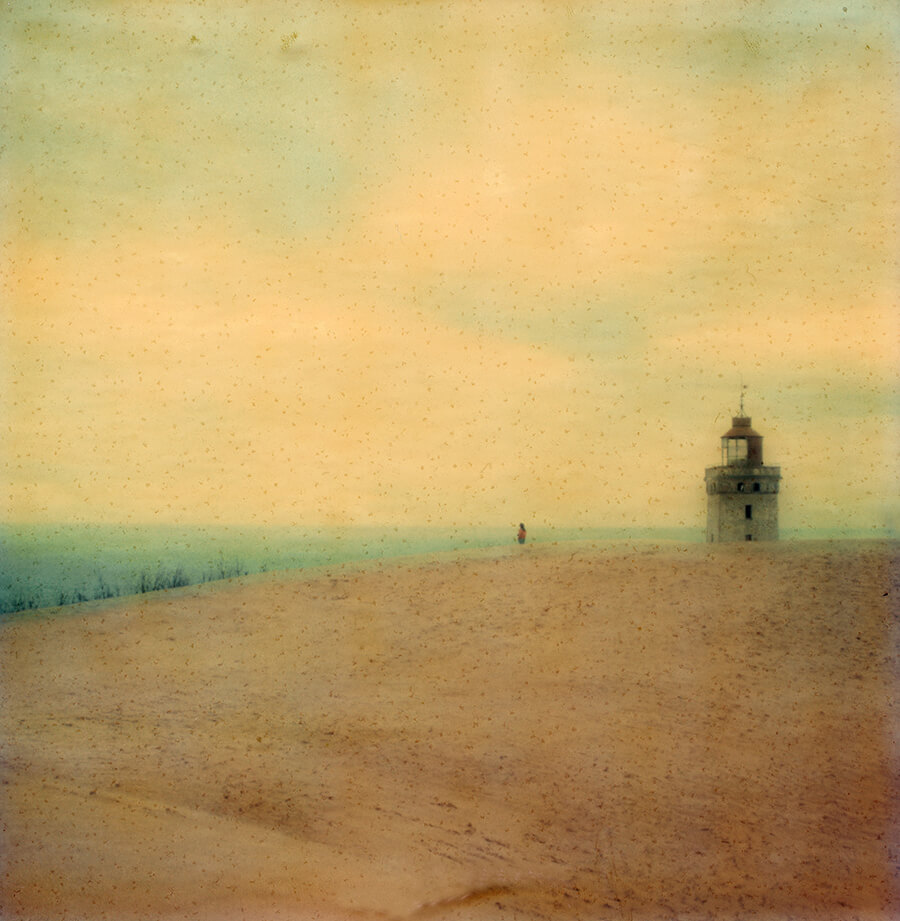
FROM THE SERIES FADE TO BLACK
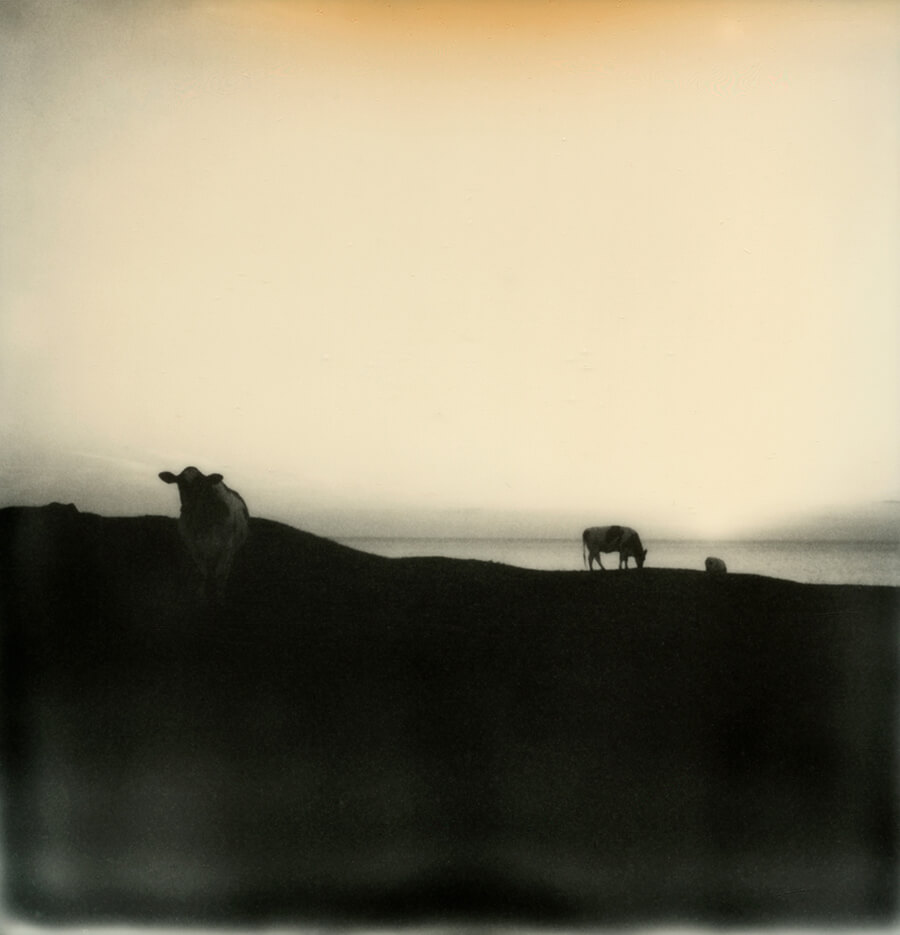
FROM THE SERIES MAYFLY
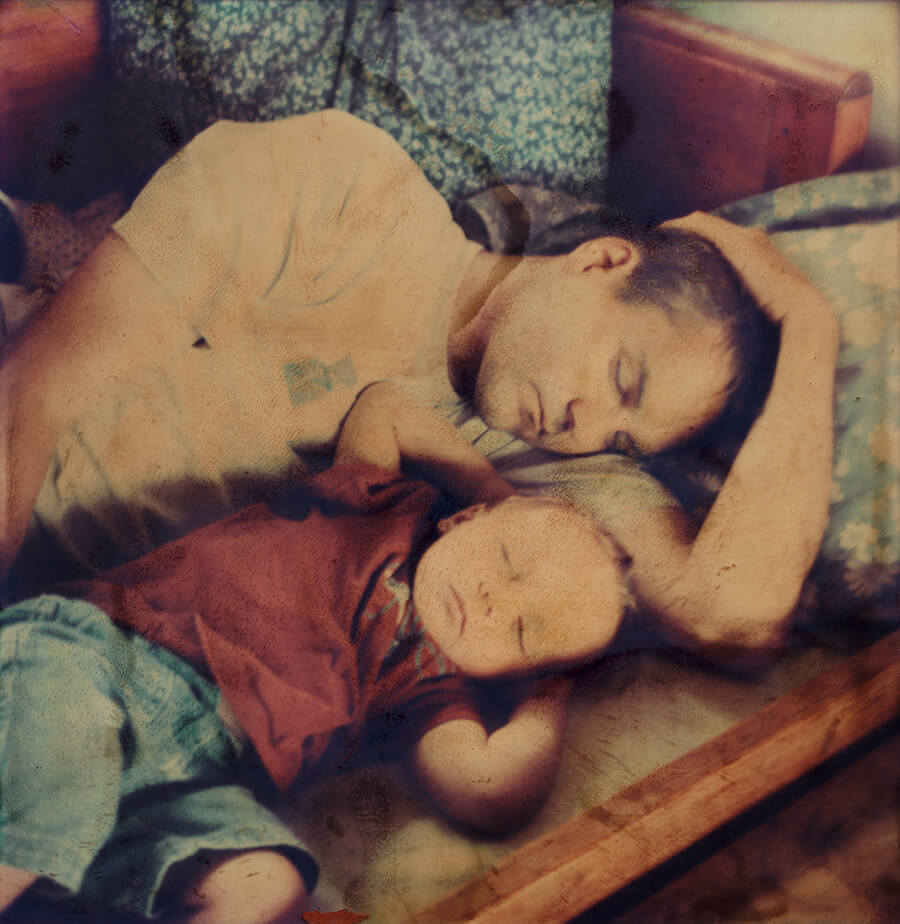
FROM THE SERIES FADE TO BLACK
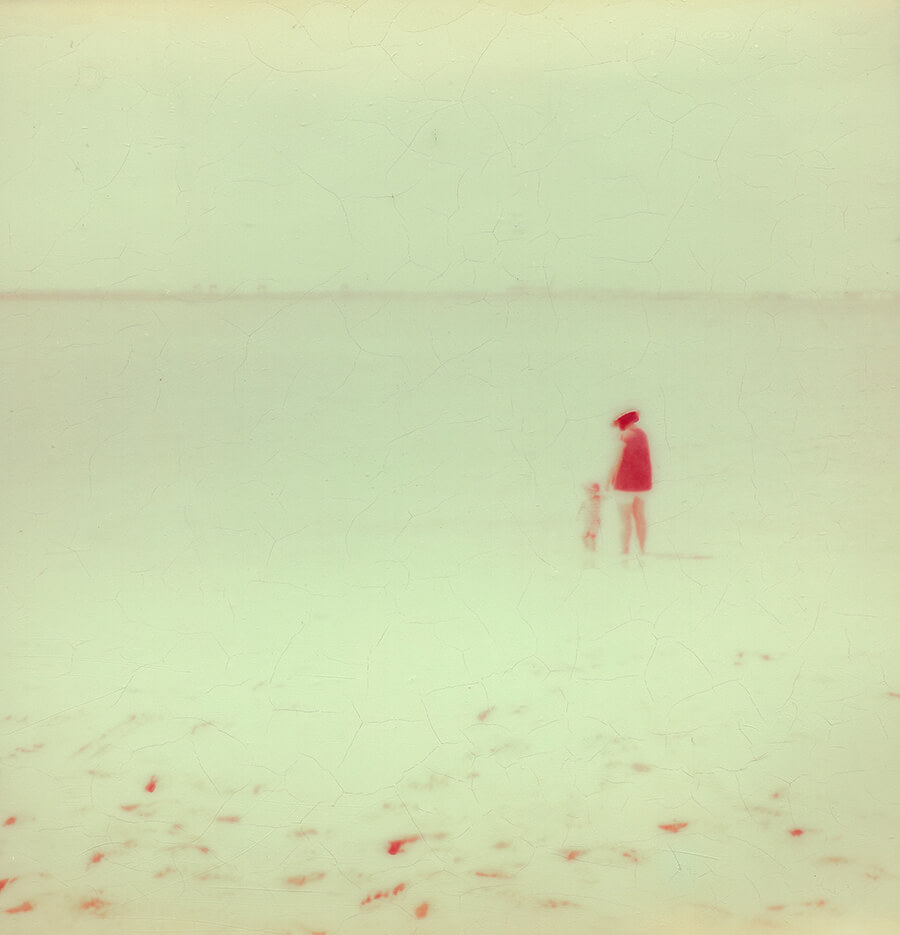
FROM THE SERIES MAYFLY
You’re now a freelance photographer, and have travelled the world on many assignments. How did you get into that world, and what advice could you share with others?
I have traveled partly on my own initiative together with my colleague and friend Maria Hagström, who is a journalist. Partly via various aid organizations that sent me out on assignments in different parts of the world. My first assignment was for the organization Diakonia, which saw my photos from the village of Sajama in Bolivia. They liked my work and sent me to Bangladesh. After that I came in contact with other aid organizations that I work for. My advice is to be curious and fearless. Dare to connect with those you want to work with and be prepared to work hard.
On a similar subject, what’s the best piece of advice you’d pass on to your younger self if you could?
To not be so harsh and judgmental towards myself. That life is short and should, as far as possible and based on conditions, be lived to the fullest.
And finally, what’s keeping you busy right now? What’s next for you in 2024?
I have many ongoing projects. Closest in time I will have a larger collective exhibition in Smedstorp in the south of Sweden with some of my collected works. Also, my photo book Conundrum will be published this fall and in September I will travel to DR Congo on a mission for an organization and then to London. After that, my work continues on the book about different appearances. I have five different books that I’m working on, so I’m quite busy for the moment!
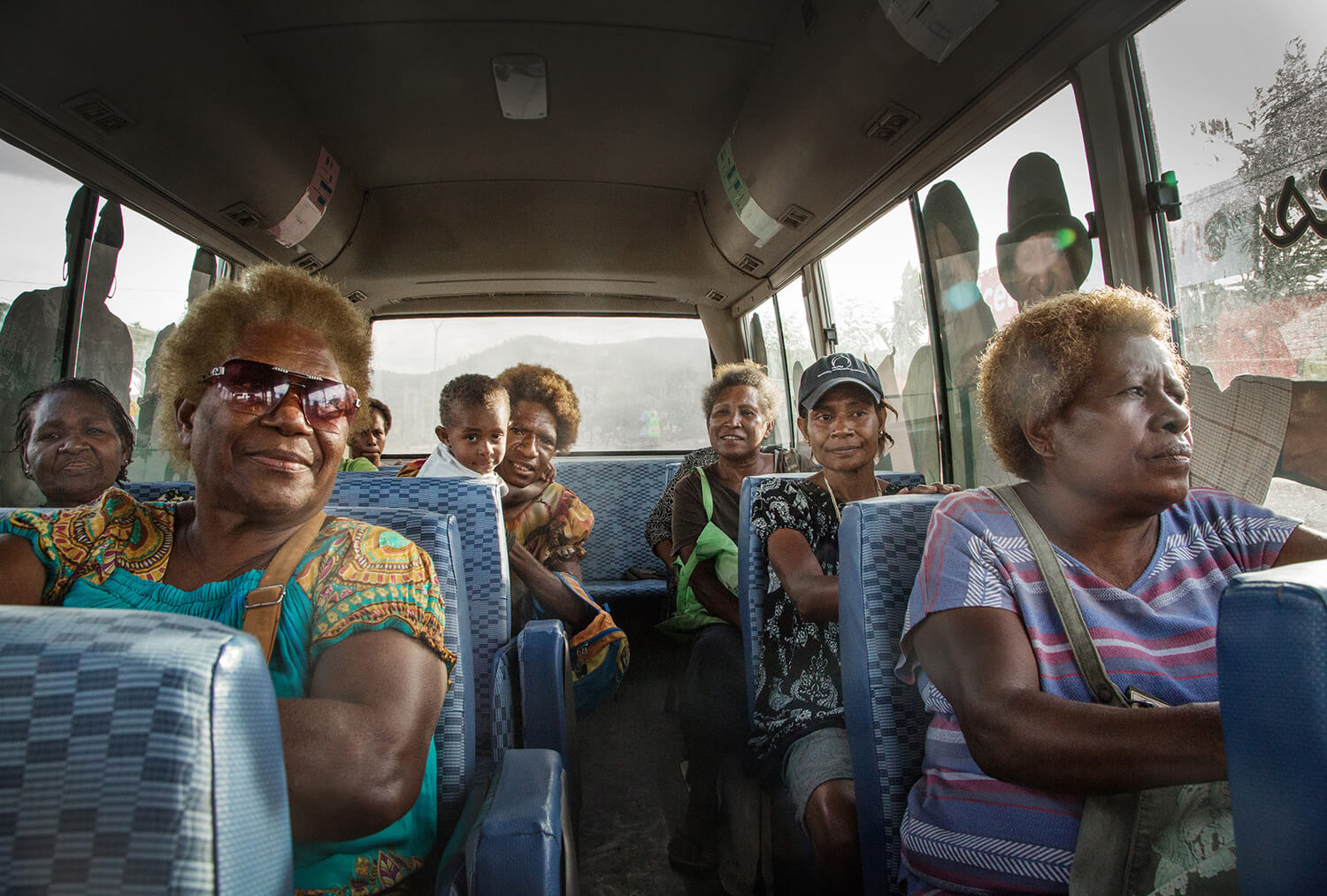
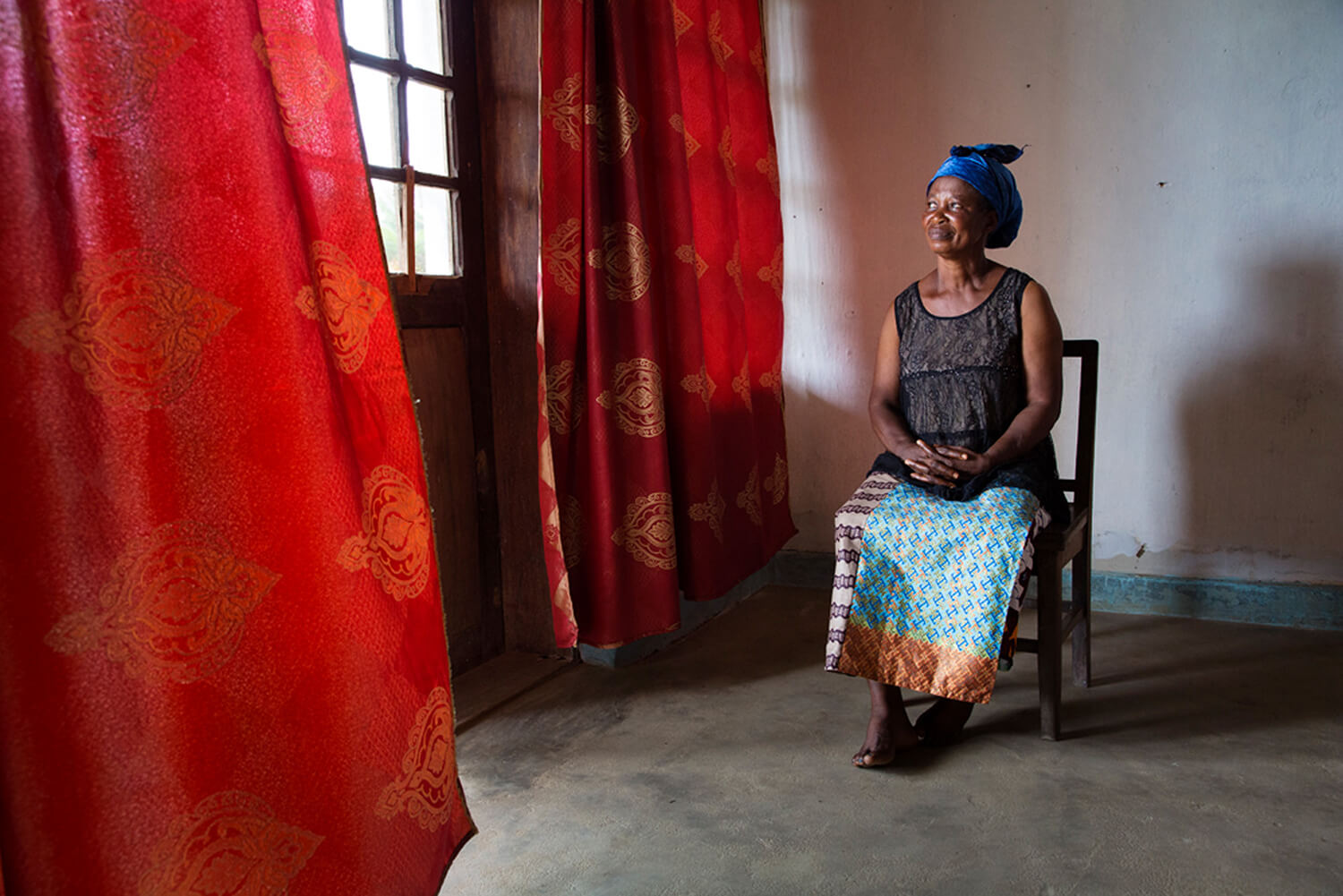
MARIE-EMILE NGOY NGOTWO
All images © Martina Holmberg
See more at www.martinaholmberg.com and follow her on Instagram: @martina.holmberg.92.
